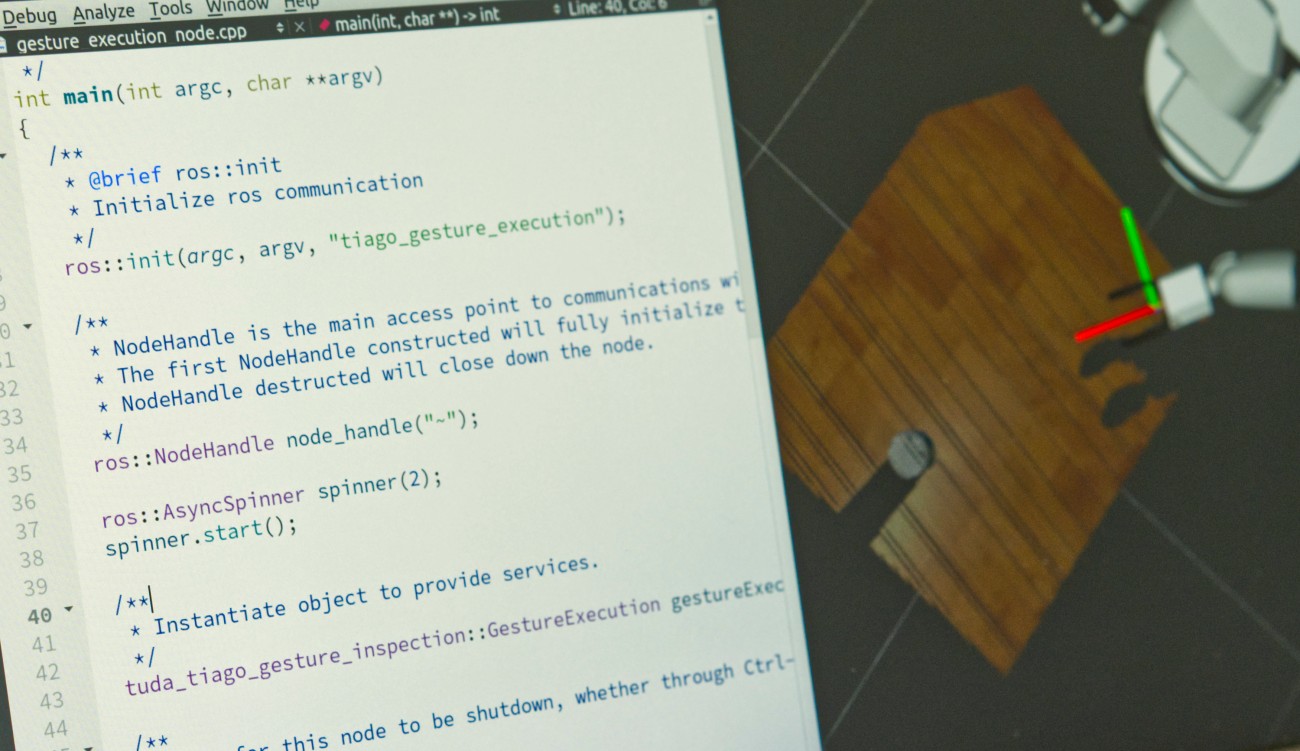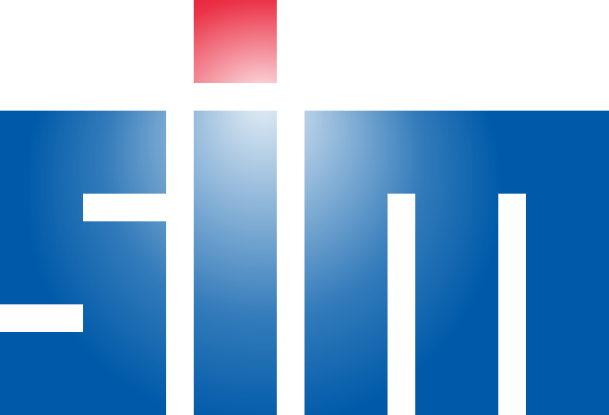Autonomous exploration and mapping of disaster sites as well as recognition of victims and other objects of interest are among the key abilities for robots deployed for urban search and rescue tasks.
The Hector Open source software modules for enabling such complex robot capabilities are provided by Team Hector. These modules include Hector SLAM for self-localization and mapping in a degraded urban environment.
All modules have been successfully applied and tested originally in the RoboCup Rescue competition. Up to now they have already been re-used and adopted by numerous international research groups for a wide variety of tasks. Recently, they have also become part of the basis of a broader initiative for key open source software modules for urban search and rescue robots.
MBSlib is an efficient and modular multibody systems library for kinematics and dynamics simulation, optimization and sensitivity analysis. The library provides an intuitive modeling interface, modular software architecture, efficient computational algorithms as well as the computation of derivatives with respect to system states, control variables or model parameters. In combination with gradient-based optimization methods, the derivatives can be used to facilitate the numerical solution of optimization problems significantly. The library is free and open. These features make MBSlib a powerful, flexible and lightweight modeling, simulation and optimization library for many technical and biomechanical applications.
A simulation of autonomous mobile robots consists of several components like motion- or sensor-simulation.
The Multi-Robot-Simulation-Framework (MuRoSimF) enables the transparent exchange and combination of simulation-algorithms differing in level of detail, physical accuracy and computational complexity.
Roboframe offers the functionality of a robot middleware, i.e. the communication between sensors, actuators and onboard-computers and various high level control software modules (as localization or behavior control). It therefore supports a modular and flexible architecture and the reuseability of robot hardware and software components. Moreover, it offers active support to the robot programmer through monitoring, debugging and visualization facilities.
The Extensible Agent Behavior Specification Language XABSL enables the efficient description of complex behavior of autonomous robots and multi-agent systems by hierarchical state automata.
Direct collocation method for solving nonlinear, multi-phase optimal control problems subject to constraints.
DIRCOL is one of our most successful developments. It is already (as of spring 2006) being used in more than 80 institutions from research and industry from 25 countries on five continents.
Parest – Direct multiple shooting method for solving parameter identification and optimal control problems in systems of differential-algebraic equations



